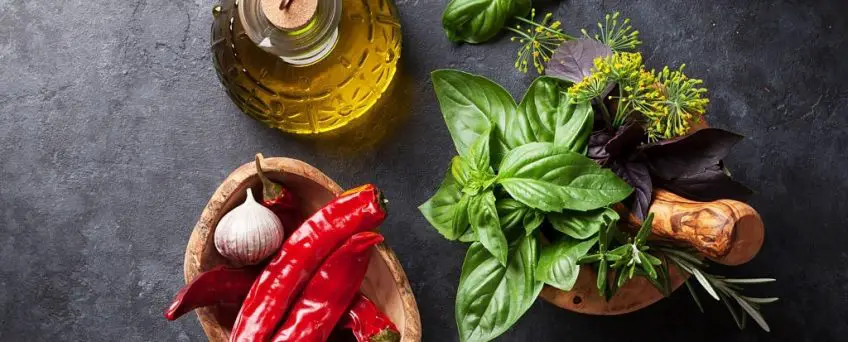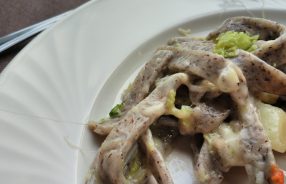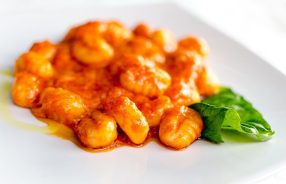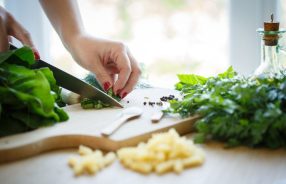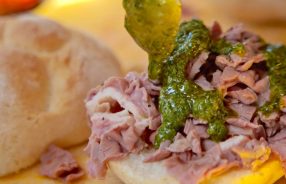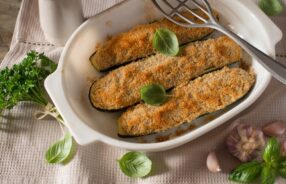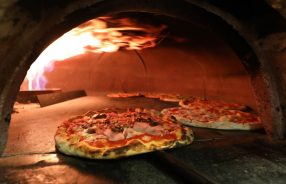6 Things That Every Good Italian Chef Has In Their Kitchen
Chefs are artists, the culinary equivalent of the painter or sculptor. They have a vision but need to assemble their materials. Enter the kitchen! Here are 6 things every good chef should have assembled in their kitchen for any occasion-from everyday cooking to impromptu holiday feasts.
1. Flour, Sugar, Salt & Pepper
This classic combination is a must for every good kitchen! It’s perfect not only as a basic flavoring for sauces and stews but also as a seasoning for everything from scrambled eggs to roast chicken. Flour can be used as a thickener for sauces or gravy, to give structure to baked goods, or as a coating for fried food. If you use it a lot, it’s always better to buy bulk flour than to buy one bag at a time. Sugar is used in baking as a sweetener and to help with browning. It’s also an important ingredient in many savory dishes, providing a balance of sweetness and acidity. Soy flour is not a traditional Italian ingredient, but you can find it in some innovative Italian recipe. Salt is a must in any kitchen. It’s not only an important flavor enhancer but also helps to retain moisture in the food and inhibits the growth of bacteria. Pepper is another essential spice that can add a lot of flavor to dishes.
2. Extra Virgin Olive Oil
Extra Virgin Olive Oil is a key ingredient in many Mediterranean and Italian dishes. It’s perfect for sautéing, frying, or dressing salads. It’s also a good source of healthy monounsaturated fats. Olive oil is a fat that comes from the olive, and it’s one of the most versatile ingredients in the kitchen. It can be used any time you’re cooking or baking to add flavor, moistness, and richness. It can also be used as a dipping sauce for bread or vegetables or mixed with vinegar for salad dressings. The possibilities are endless! The best way to use this liquid gold is when it’s pure and unadulterated – extra virgin olive oil is cold-pressed so there are no chemicals present to change its natural flavors and aromas. But if you want an oil that has been processed further (say, for cooking at higher temperatures), then go ahead and grab some extra-virgin light–it’s not as flavorful, but it still has healthy antioxidants.
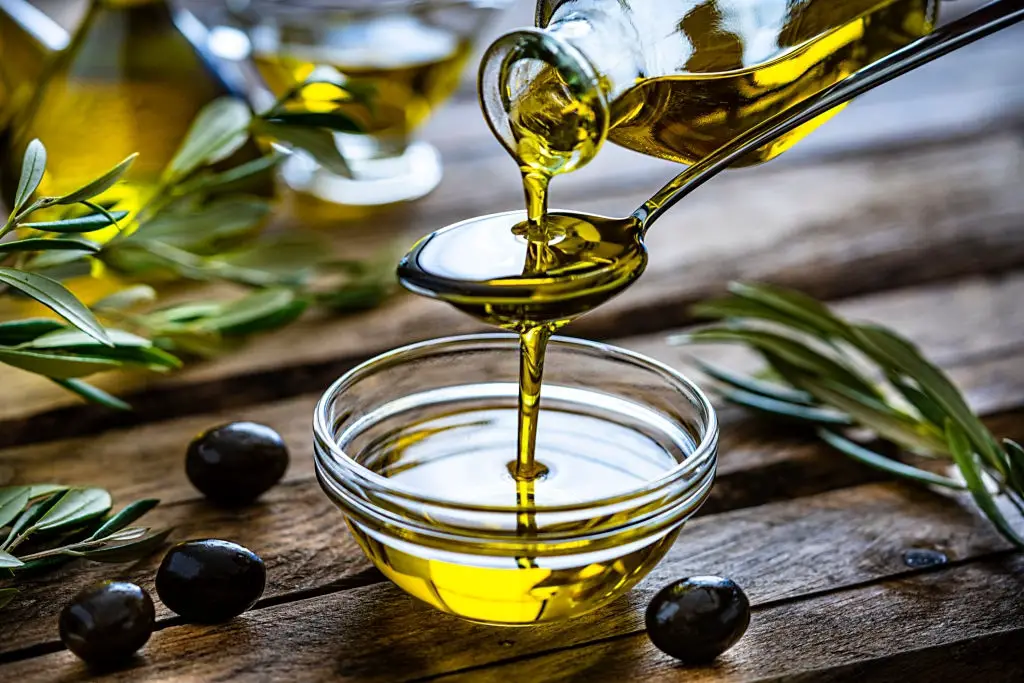
Olive oil is harvested from olives the same way many fruits are harvested-by collecting them off the tree. There are many “cultivars” (cultivated variety) of olives, each with its own characteristics of colour, flavour, which together determine an equally large range of uses. In Italy there are more than 500 different types of “cultivars”. A first distinction can be made between black (or purple) and green olives. The colour refers to its ripeness when it’s harvested, so a black olive has been left on the tree longer (harvested in Autumn or Winter) than a green one (harvested in Summer).
3. Garlic
Garlic is another key ingredient in Mediterranean and Italian Cuisine. It’s a flavorful addition to sauces, stews, and dressings, and it also has antibacterial properties. Garlic comes in a few different forms: fresh, dried, and roasted. Fresh garlic is the best option if you have it, but if you don’t then go for dried. Just be sure to rehydrate it before using it by soaking it in water for about 10 minutes. Roasted garlic is great if you want to add a mellow sweetness to your dish or if you’re looking for a shortcut. You can buy jars of pre-roasted garlic or roast it yourself in the oven. One of the best options to use garlic is to make garlic bread. To make it, you can rub a clove of garlic on some bread and add butter and herbs like parsley and chives. Then you bake it until it’s toasty brown, and enjoy!
4. Onions
Onions are another essential ingredient for any good kitchen. They come in two main types: green onions and yellow onions. Yellow onions have a stronger flavor than green onions and are perfect for dishes like stews and sauces. They’re also great for roasting, caramelizing, or adding to soups. Green onions are more delicate in flavor and are best used fresh for salads, garnishes, or as a finishing touch on cooked dishes. Onions can also be added without prior cooking to dishes like scrambled eggs or omelets.
5. Fresh Herbs
Adding herbs is an easy way to give your dish an instant flavor boost. The most common herb found in Italian kitchens is basil because it’s the main ingredient in pesto sauce. Basil adds a freshness that brightens up any dish! Other popular options include oregano (which goes well with meat), thyme (perfect for tomato-based sauces), parsley (chopped into salads), sage (a classic addition to stuffings), and rosemary/Maggi plant (both are strong herbs that can be used in small quantities). Other great fresh herbs include cilantro, mint, and dill.
6. Tomatoes
The final key ingredient for a good chef is tomatoes. Tomatoes are a must in any kitchen, and they come in all different shapes and sizes. They’re the primary ingredient in spaghetti sauce and pizza sauce, so you’ll need to stock up if you want to be able to whip up either dish at a moment’s notice. Tomatoes also add moisture and sweetness to dishes, so they’re great for cooking. You can buy canned whole or diced tomatoes, but fresh ones are always best since their flavor is more intense. To make sure your tomatoes don’t go bad before you get a chance to use them, keep them on the counter (not in the fridge) and check their ripeness every day.
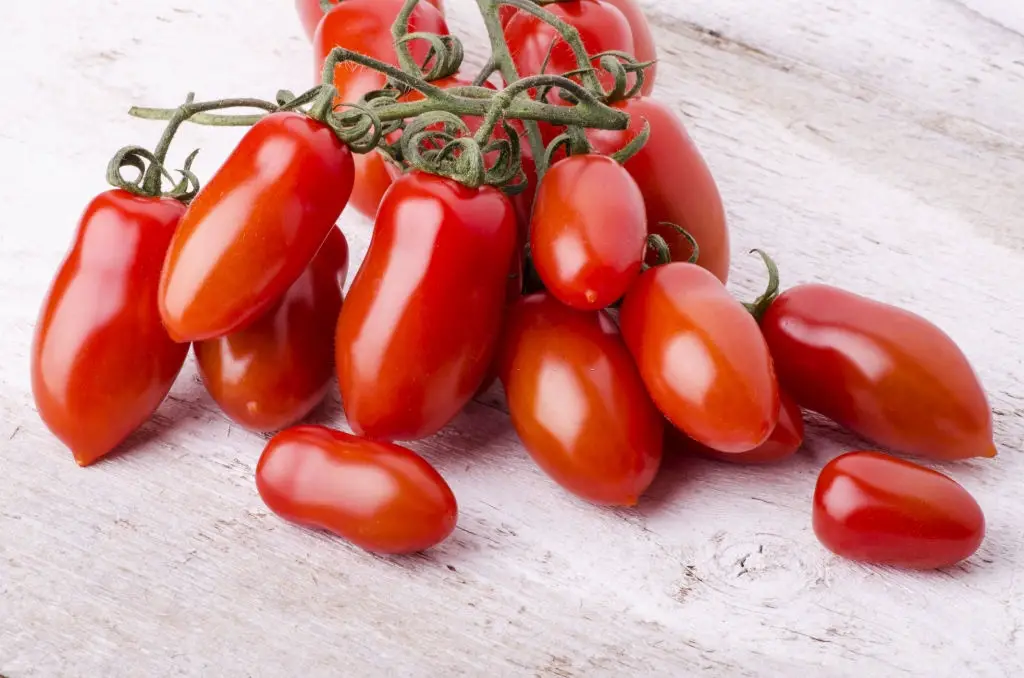
Kitchens are the hub of any home. They’re where people cook, eat, and spend time with their family (or friends.) For this reason, kitchens need to be stocked with everything anyone could want or need for cooking meals. That being said there are So there are some things that every good chef should have in their kitchen whether they work professionally as a chef or not! These items will help you create many delicious Italian dishes year-round: garlic, extra virgin olive oil, flour, onions, pepper, tomatoes, and fresh herbs. Prepare these ingredients the next time you consider cooking something in the kitchen and enrich your cuisine!

